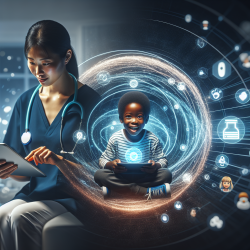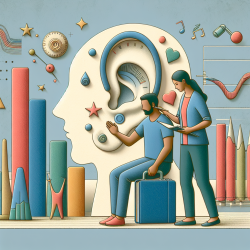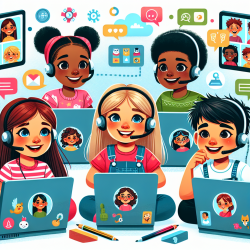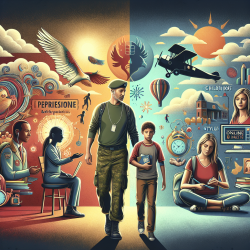The integration of mobile rehabilitation (mRehab) technologies in clinical practice is rapidly gaining traction, especially in the realm of speech-language pathology. According to the research article "Clinician Perspectives on mRehab Interventions and Technologies for People with Disabilities in the United States: A National Survey," clinicians overwhelmingly recognize the need for mRehab, but their knowledge and confidence in utilizing these technologies remain significant barriers to adoption.
In this blog, we will delve into the research findings and discuss actionable steps for practitioners to improve their skills and confidence in implementing mRehab technologies, ultimately leading to better outcomes for children.
Key Findings from the Research
- Over 95% of clinicians believe mRehab interventions can effectively support post-acute and between-visit therapy interventions.
- 70% of respondents prescribe specific exercises and interventions for patients to work on outside the clinic.
- Only 51% of clinicians feel comfortable integrating mRehab into their practice, and only 23% feel knowledgeable about available rehabilitation technologies.
- 72% of respondents identified the inability of patients to learn and correctly use mRehab technology as a top barrier.
Actionable Steps for Practitioners
Given the potential benefits and identified barriers, here are some steps practitioners can take to improve their skills and confidence in using mRehab technologies:
1. Engage in Continuous Learning
Stay updated with the latest advancements in mRehab technologies by participating in webinars, workshops, and online courses. Professional organizations like the American Speech-Language-Hearing Association (ASHA) often provide valuable resources and training opportunities.
2. Leverage Professional Networks
Join forums and communities where clinicians share their experiences and best practices related to mRehab. Engaging with peers can provide practical insights and help overcome common challenges.
3. Pilot mRehab Interventions
Start with small-scale pilot projects to integrate mRehab technologies into your practice. This approach allows you to assess the effectiveness and address any issues in a controlled environment before broader implementation.
4. Educate and Train Patients
Develop educational materials and training sessions to help patients and their families understand and effectively use mRehab technologies. This can include video tutorials, user manuals, and in-person demonstrations.
5. Collaborate with Technology Providers
Work closely with technology providers to ensure that the tools you are using are user-friendly and meet the specific needs of your patient population. Provide feedback to help improve the usability and functionality of these technologies.
Encouraging Further Research
While the current research provides valuable insights, ongoing research is essential to keep pace with the rapidly evolving field of mRehab. Practitioners are encouraged to participate in studies, contribute to data collection, and share their experiences to build a robust body of evidence supporting the effectiveness of mRehab interventions.
To read the original research paper, please follow this link: Clinician Perspectives on mRehab Interventions and Technologies for People with Disabilities in the United States: A National Survey










